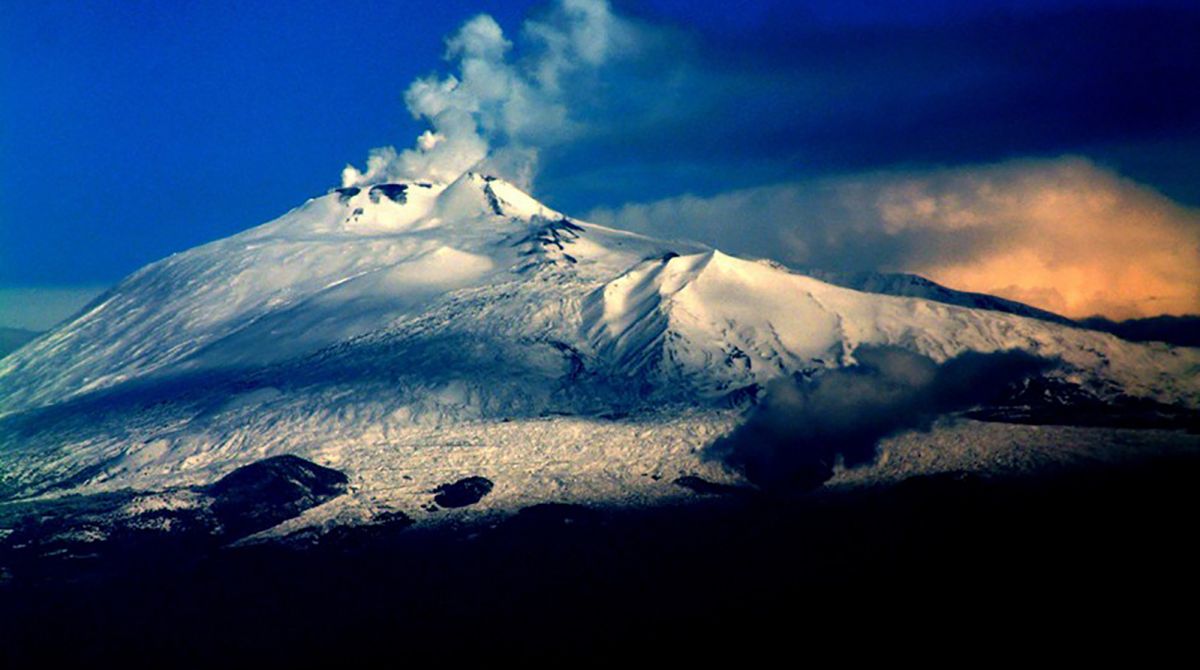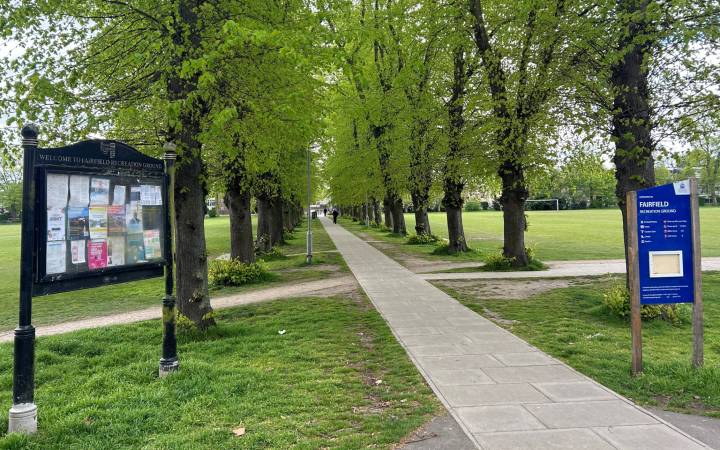Etna's volcanic awakening shines the spotlight on new volcanic research at Kingston
Posted Thursday 23 March 2017

 Dr Christopher SatowLast week, the Etna volcano on Sicily began erupting again after nearly two years of slumber. Several journalists and tourists were caught out by an explosion as they visited the summit to report on, and marvel at, the extreme pyrotechnics of this natural wonder. Mercifully they escaped with only minor injuries. While Etna is a well-studied volcano, the latest events there show that we are still some way from understanding the details of the processes which control these most dangerous, but awe-inspiring of natural phenomena. A new Natural Environment Research Council grant (£54,000 worth of analytical costs) to geologists and geographers, led by Dr Chris Satow, at Kingston University will help to address this.
Dr Christopher SatowLast week, the Etna volcano on Sicily began erupting again after nearly two years of slumber. Several journalists and tourists were caught out by an explosion as they visited the summit to report on, and marvel at, the extreme pyrotechnics of this natural wonder. Mercifully they escaped with only minor injuries. While Etna is a well-studied volcano, the latest events there show that we are still some way from understanding the details of the processes which control these most dangerous, but awe-inspiring of natural phenomena. A new Natural Environment Research Council grant (£54,000 worth of analytical costs) to geologists and geographers, led by Dr Chris Satow, at Kingston University will help to address this.
There are some volcanic principles we understand well. Gas bubbles forming in sticky magmas tend to produce highly explosive eruptions such as the famous Mt St Helens or Pinatubo eruptions in the 1980s and 90s. Runny magma with little gas generally produces gentler eruptions; rivers of more tourist-friendly lava rather than huge explosions. Etna lies between these extremes. Add water to the mix (a melting glacier for example) and you'll have an ash cloud, as we remember so disruptively from the Eyjafjallajökull eruption in Iceland in 2010.
Geologists use these principles to interpret the layers of spikey lavas and ash on the slopes of a volcano, and determine how it might behave in the future; gentle lavas or explosive ash clouds. These results are used to inform risk maps, evacuation plans, insurance policies and government mitigation strategies.
But an idea first proposed by Bill McGuire in 1997 (McGuire et al., 1997) fundamentally challenges this hazard prediction method. What if volcanoes don't behave now as they have in the past? What if the constantly changing climate of the Earth has changed their style, or eruption frequency, through time? Evidence from past events might then be useless for predicting future volcanic behaviour.
Evidence is emerging that this might be the case. A meticulous catalogue by Sebastian Watt from Oxford University (Watt et al., 2013) has revealed that volcanic eruptions occur more frequently during periods of Earth's history when the climate has been warmer. The proposed reason for this is intriguing. As glaciers and ice sheets recede, the removal of their mass from the Earth's crust allows magma to propagate more easily to the surface. It's like unscrewing the cap of a fizzy drink. Cool the climate and the glaciers and ice sheets are reapplied to the crust; the cap of the fizzy drink is screwed back on.
A project at Kingston University, funded 'in-kind' by the Natural Environment Research Council, in collaboration with researchers at UCL, Oxford, Leicester and the Scottish Universities Environmental Research Centre, intends to extend this concept to island volcanoes and sea level change. Lower sea levels such as those during the last glaciation, should, according to the theory, allow more frequent eruptions. Higher sea levels, as we have today should produce less frequent eruptions but those eruptions may be more explosive.
This idea of course has implications for volcanic hazards. Volcanoes which show evidence of only gentle lava flows in the past may turn out to be more explosive under current climatic conditions or sea level. But there is another fundamental consequence if this theory turns out to be correct, which would require a reappraisal of the climate models we use to predict our future. Volcanoes are known to be important contributors of the greenhouse gasses CO2 and H2O, and also produce ozone destroying halogen gasses such as sulphur, chlorine and bromine. Combine this known principle that volcanoes affect the climate with the new idea that the climate affects volcanoes and we have a dynamic, long-term conversation occurring between the Earth and its Atmosphere; one which we have only just begun to understand. Volcanoes like Etna, it seems, may have more surprises for us in the future.
- McGuire et al. (1997) Correlation between rate of sea-level change and frequency of explosive volcanism in the Mediterranean Nature 389 pp 473-476
- Watt SFL et al. (2013) The volcanic response to deglaciation: evidence from glaciated arcs and a reassessment of global eruption records, Earth-Science Reviews 122, 77-102
Contact us
- For non-student research enquiries, email the Research Support Office
- Research Support Office contacts
- Graduate Research School contacts
- Business and Enterprise Centre contacts
- How to get to Kingston University



